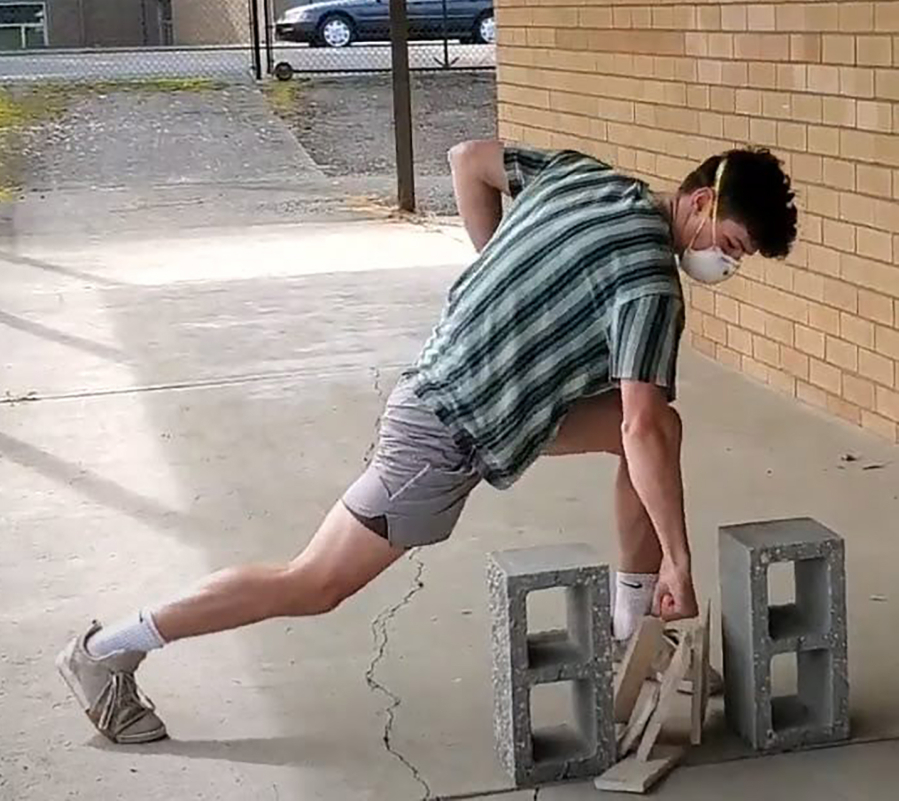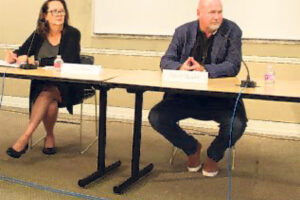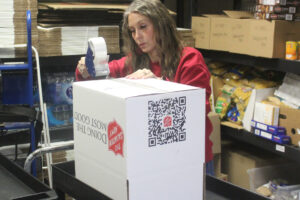Darcy Mueller joined Camas Soo Bahk Do last March, right before the COVID-19 pandemic forced the martial arts studio to close for in-person instruction, but decided to remain in her classes, which had transitioned to a remote setting.
Mueller was a bit nervous before her performance for the 2020 United States Soo Bahk Do Moo Duk Kwan Federation National Festival last fall, but her doubts disappeared once she began her routines.
“When she (performed), she was completely confident,” said Camas Soo Bahk Do instructor Anna Oulashin. “She placed first in her form (competition), and that’s pretty good for learning the form virtually. And she placed second in her board breaking (competition). Brand new to the martial arts, she broke two 1-inch-thick pine boards, which is pretty impressive.”
Mueller was one of 11 Camas Soo Bahk Do students who earned medals at the national competition, held virtually in November 2020.
The event attracted 335 nationwide participants, including 12 from the Camas studio, and featured competitions in two categories: hyung (a sequence of complex compulsory forms) and kyok pa (board-breaking).



